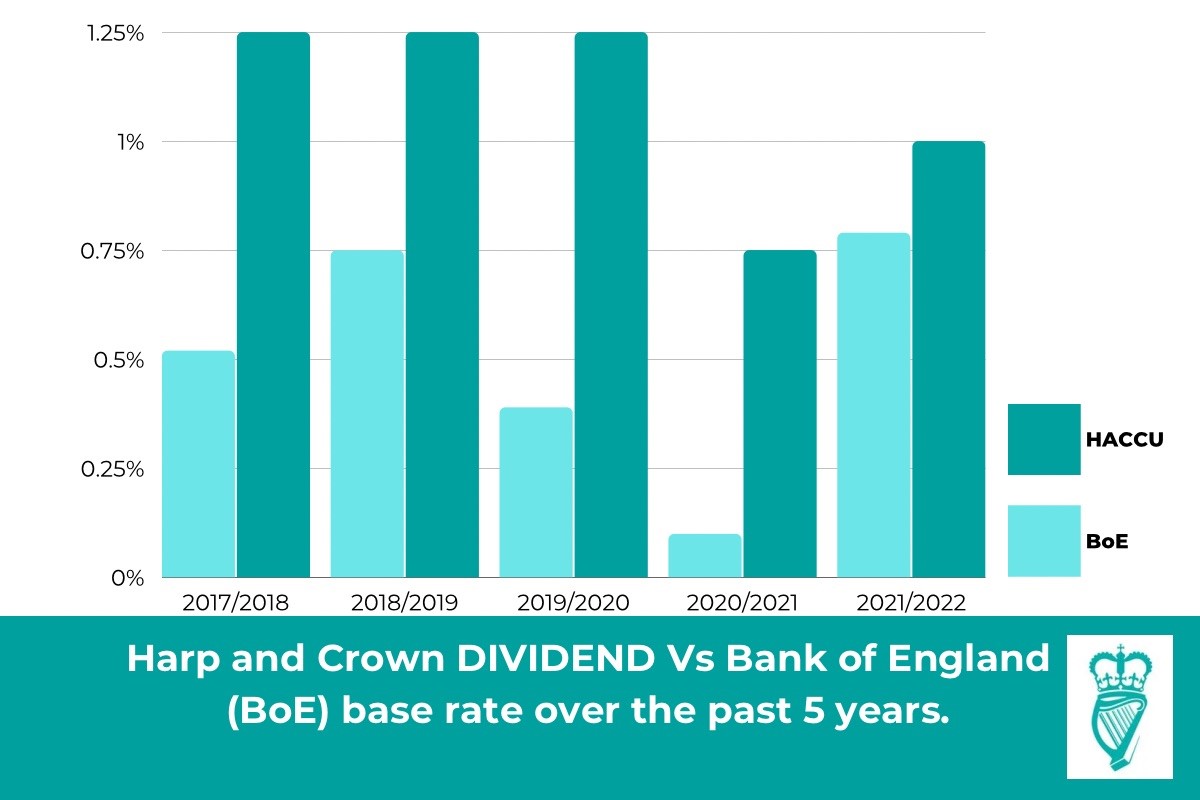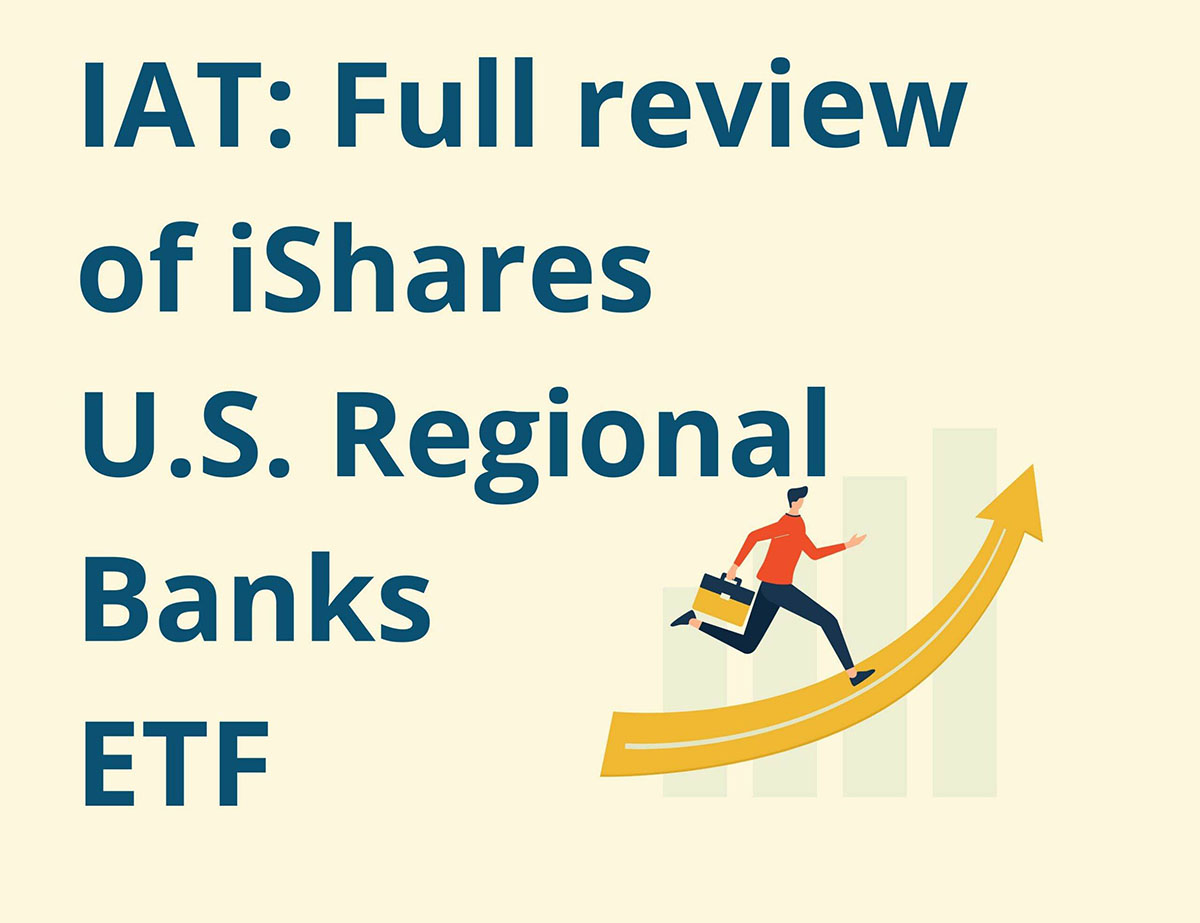Home>Finance>What Is The Difference Between HMO And POS Health Insurance?


Finance
What Is The Difference Between HMO And POS Health Insurance?
Published: October 30, 2023
Learn the key differences between HMO and POS health insurance plans. Make an informed decision for your finance and healthcare needs.
(Many of the links in this article redirect to a specific reviewed product. Your purchase of these products through affiliate links helps to generate commission for LiveWell, at no extra cost. Learn more)
Table of Contents
Introduction
When it comes to navigating the complex world of health insurance, it’s crucial to understand the different options available to you. Two popular types of health insurance plans are Health Maintenance Organizations (HMO) and Point of Service (POS) plans. While they both offer coverage for medical expenses, there are some key differences between the two.
Health Maintenance Organizations (HMOs) and Point of Service (POS) plans are both managed care plans that require you to select a primary care physician (PCP) to oversee your healthcare needs. However, the extent of coverage and flexibility varies between the two.
In this article, we will delve into the differences between HMO and POS health insurance plans, exploring their coverage options, primary care physician requirements, referrals to specialists, out-of-network coverage, cost differences, network size, and flexibility and choice. By understanding these distinctions, you’ll be better equipped to make an informed decision about which plan suits your healthcare needs.
So, whether you’re looking to enroll in a new health insurance plan or want to switch to a different plan, let’s dive into the world of HMO and POS insurance and decipher the differences between the two.
Definition of HMO
A Health Maintenance Organization (HMO) is a type of health insurance plan that operates under a managed care model. It emphasizes preventive care and aims to provide comprehensive healthcare services to its members within a specified network of providers. HMO plans typically have lower out-of-pocket costs and require members to select a primary care physician (PCP).
Under an HMO plan, individuals must seek all non-emergency care and treatment from healthcare providers within the HMO network. The network consists of doctors, hospitals, and other medical professionals who have agreed to provide services to HMO members at negotiated rates. In most cases, HMO members must obtain a referral from their PCP in order to see a specialist.
One of the defining features of an HMO plan is the focus on primary care. As a member, you will choose a primary care physician who will serve as your primary point of contact for all your medical needs. Your PCP will manage and coordinate your care, and will need to refer you to specialists or hospitals within the HMO network if necessary. This gatekeeping aspect helps ensure that care is provided in a coordinated and cost-effective manner.
With an HMO plan, you generally have limited or no coverage for services received outside of the network, unless it is a medical emergency or pre-approved by the HMO. This means that if you choose to see a provider who is not part of the network, you may be responsible for paying the full cost out-of-pocket.
Definition of POS
A Point of Service (POS) health insurance plan is another type of managed care plan that combines elements of both Health Maintenance Organizations (HMOs) and Preferred Provider Organizations (PPOs). It offers members the flexibility to choose between in-network and out-of-network healthcare providers.
Under a POS plan, you are required to select a primary care physician (PCP) who will be responsible for managing and coordinating your healthcare. Similar to an HMO, your PCP will serve as your main point of contact for all your medical needs. However, unlike an HMO, a POS plan allows you to receive care from specialists or hospitals outside of the network without a referral from your PCP. However, keep in mind that utilizing out-of-network providers may result in higher out-of-pocket costs.
In-network services under a POS plan are typically covered at a higher level, with lower co-pays and deductibles. The POS plan has a network of healthcare providers who have agreed to provide services to members at negotiated rates. If you choose to seek care from a provider within the network, you will generally have lower out-of-pocket expenses.
If you decide to seek care from a provider outside of the network, a POS plan will still provide coverage, but at a reduced rate. The out-of-network deductible and coinsurance will likely be higher, and you may be required to pay the difference between the out-of-network provider’s charges and the allowed amount set by the plan. It’s important to note that some POS plans may require you to meet a higher deductible and pay a larger portion of the costs for out-of-network care.
It’s worth mentioning that not all healthcare providers accept POS plans, so it’s essential to verify the network status of a provider before seeking care. Failure to follow the plan’s guidelines or obtain pre-authorization for out-of-network care may result in reduced coverage and higher out-of-pocket costs.
Coverage Options
When comparing Health Maintenance Organization (HMO) and Point of Service (POS) health insurance plans, it’s important to consider the coverage options available under each plan.
Under an HMO plan, coverage is typically limited to in-network providers. This means that you are required to receive all non-emergency healthcare services from doctors, hospitals, and other medical professionals within the HMO network. If you choose to seek care outside of the network, it may not be covered by the plan, unless it is a medical emergency or pre-approved by the HMO.
On the other hand, a POS plan offers more flexibility in coverage options. While in-network providers typically offer the most comprehensive coverage and lower out-of-pocket costs, you have the option to receive care from out-of-network providers as well. However, it’s important to note that out-of-network care will generally have higher cost-sharing responsibilities and may require you to first meet a higher deductible before the plan begins to cover expenses.
When considering coverage options, it’s crucial to review the network of providers for both HMO and POS plans. Evaluate the availability of primary care physicians, specialists, hospitals, and other healthcare professionals within the network to ensure that you will have access to the services you need.
Furthermore, take into account the types of services that are covered under each plan. Both HMO and POS plans typically cover a wide range of preventive and routine care, including screenings, vaccinations, and wellness visits. However, coverage for specialized services and treatments may vary. It’s important to review the plan documents or contact the insurance provider to understand what specific services are covered and any limitations or restrictions that may apply.
By carefully comparing the coverage options provided by HMO and POS plans, you can make an informed decision based on your healthcare needs, the accessibility of providers within the network, and the level of flexibility you require in choosing healthcare professionals.
Primary Care Physician Requirement
One of the key differences between a Health Maintenance Organization (HMO) and a Point of Service (POS) health insurance plan is the requirement to select a primary care physician (PCP).
Under an HMO plan, selecting a PCP is mandatory. Your PCP will serve as your main point of contact for all your healthcare needs. They will provide primary care services, coordinate your medical care, and refer you to specialists within the HMO network if necessary. This gatekeeping aspect of HMOs ensures that care is managed and delivered efficiently, while also aiming to control costs by promoting preventive care and reducing unnecessary specialist visits.
In contrast, a POS plan also allows for the selection of a PCP, but it does not require it. You have the flexibility to seek care from any provider, whether it be a primary care physician or a specialist, without obtaining a referral from a PCP. This means that you have greater freedom to choose your healthcare providers and have more direct access to specialists without going through an intermediary.
Choosing a PCP can have both advantages and disadvantages. In an HMO, having a PCP who centrally manages your care can provide continuity and coordination of services. With a PCP familiar with your medical history and overall health, they can provide personalized care, monitor your health over time, and guide you towards preventative measures. However, the requirement for a PCP can restrict your access to specialists or other healthcare professionals outside of the network.
In a POS plan, the choice to have a PCP or not may depend on your personal preferences and healthcare needs. Not having a PCP allows you to have more direct access to specialists without the need for a referral. However, it may also result in fragmented care and lack of comprehensive oversight of your healthcare.
Ultimately, the decision of whether to have a PCP or not depends on your individual preferences and the level of flexibility you desire in managing your healthcare.
Referrals to Specialists
When it comes to accessing specialized care, the process differs between a Health Maintenance Organization (HMO) and a Point of Service (POS) health insurance plan.
Under an HMO plan, obtaining a referral from your primary care physician (PCP) is typically required to see a specialist. Your PCP acts as a gatekeeper, overseeing your healthcare and determining if a referral to a specialist is necessary. This referral system is designed to ensure that care is coordinated, appropriate, and cost-effective. By working closely with your PCP, you can access specialized care within the HMO network, where providers have established relationships and communication channels.
In contrast, a POS plan allows you to see a specialist without a referral from your PCP. You have the freedom to choose any specialist, whether they are part of the network or outside of it. This flexibility can be advantageous when you have a specific specialist in mind or prefer to take a more proactive approach in managing your healthcare. However, it’s important to note that a POS plan may still incentivize using in-network specialists by offering lower out-of-pocket costs or higher coverage for in-network services.
It’s essential to understand that while a POS plan enables direct access to specialists, it may still have certain requirements or limitations for out-of-network care. For example, you may need to notify the insurance company or obtain pre-authorization for certain treatments or procedures to ensure coverage.
Overall, the referral process for accessing specialists differs between HMO and POS plans. HMO plans require a referral from your PCP, emphasizing coordinated care within the network. POS plans, on the other hand, allow direct access to specialists without a referral, providing more flexibility in choosing healthcare providers but potentially at higher costs for out-of-network services.
Out-of-Network Coverage
One crucial factor to consider when comparing a Health Maintenance Organization (HMO) and a Point of Service (POS) health insurance plan is the coverage for out-of-network care, which refers to receiving healthcare services from providers who are not part of the plan’s network.
Under an HMO plan, coverage for out-of-network care is typically limited or may not be provided at all, except in emergency situations or with prior approval from the HMO. This means that if you choose to seek care from a provider outside of the HMO network without proper authorization, you may be responsible for paying the full cost out-of-pocket. HMO plans prioritize utilizing network providers for comprehensive and cost-effective care.
In contrast, a POS plan offers some level of coverage for out-of-network care, although it may have higher cost-sharing responsibilities. With a POS plan, you have the flexibility to receive care from providers outside of the plan’s network. However, it’s important to note that the coverage for out-of-network care is generally limited and may come with higher deductibles, co-pays, and coinsurance compared to in-network services.
It’s crucial to understand the terms and conditions of your specific POS plan regarding out-of-network coverage. Some plans may require you to pay a higher percentage of the costs for out-of-network services, and there may be a maximum allowable charge that the plan will cover. Additionally, you may need to meet a higher out-of-pocket deductible before the plan starts providing coverage for out-of-network care.
When considering the coverage for out-of-network care, it’s important to assess your healthcare needs and preferences. If you frequently require specialized care from providers outside of the network or anticipate needing out-of-network services, a POS plan may offer more flexibility. On the other hand, if you prefer the convenience and cost savings of accessing care within a specific network, an HMO plan may be more suitable.
Ultimately, understanding the coverage for out-of-network care is essential to make an informed decision about your health insurance plan, ensuring that you have access to the necessary healthcare services while managing costs effectively.
Cost Differences
When comparing the cost differences between a Health Maintenance Organization (HMO) and a Point of Service (POS) health insurance plan, it’s important to consider various factors, including premiums, deductibles, co-pays, and coinsurance.
HMO plans generally have lower premiums compared to POS plans. This means that the amount you pay each month for your HMO coverage is typically lower. However, it’s important to note that low premiums often come with certain trade-offs, such as limited coverage for out-of-network care and a requirement to use network providers for most services.
POS plans, on the other hand, tend to have higher premiums due to the increased flexibility they offer in terms of out-of-network coverage and direct access to specialists without referrals. You may have the freedom to choose providers outside of the network, but this added flexibility is generally reflected in higher monthly premiums.
In addition to premiums, deductibles are important cost considerations. A deductible is the amount you must pay out of pocket before your insurance coverage kicks in. HMO and POS plans typically have varying deductible levels, with HMO plans typically having lower deductibles compared to POS plans. However, it’s important to review the specifics of each plan as deductibles can vary based on the coverage level and the services received.
Co-pays and coinsurance are other cost-sharing factors to consider. Co-pays are a fixed dollar amount you pay at the time of the service, while coinsurance is a percentage of the cost that you are responsible for. HMO and POS plans may have different co-pays and coinsurance rates, and these can vary depending on whether you receive care within or outside of the network. In general, HMO plans have lower co-pays and coinsurance for in-network services, while POS plans may have higher cost-sharing responsibilities, especially for out-of-network care.
It’s important to carefully assess your healthcare needs, budget, and preferences when considering the cost differences between HMO and POS plans. Consider factors such as your frequency of doctor visits, need for specialized care, and the availability of network providers in your area. By comparing the premiums, deductibles, co-pays, and coinsurance of both plans, you can choose the one that aligns with your financial situation and healthcare requirements.
Network Size
Network size is an important factor to consider when comparing a Health Maintenance Organization (HMO) and a Point of Service (POS) health insurance plan. The network refers to the group of healthcare providers, including doctors, hospitals, specialists, and other medical professionals, that have contracted with the insurance plan to provide services to its members.
In general, HMO plans tend to have more limited networks compared to POS plans. HMO networks are designed to provide comprehensive care within a specific group of providers. These networks are often more localized and may have a smaller number of participating providers, especially in rural areas or less densely populated regions. This can result in limited options when it comes to choosing healthcare professionals and facilities.
POS plans, on the other hand, typically offer larger networks with more provider options. POS plans often have a combination of in-network providers and the option to access out-of-network providers at a reduced coverage level. This broader network allows for more flexibility and choice in selecting healthcare providers while still enjoying the benefits of in-network coverage.
When considering network size, it’s important to assess the specific healthcare needs of you and your family. If you have a preferred doctor or specialist you want to continue seeing, evaluating the network’s providers can help ensure they are included in the plan. Additionally, consider the proximity and accessibility of network providers to your home or workplace, especially if ease of access is a priority for you.
It’s worth noting that network size does not necessarily indicate the quality or level of care provided by healthcare professionals. Both HMO and POS plans typically require providers to meet certain quality and credentialing standards. However, if having a wide range of provider options is important to you, a POS plan may offer a greater selection of doctors and specialists to choose from.
By considering the network size, you can make an informed decision about which plan aligns with your healthcare preferences, ensuring that you have access to the healthcare providers and facilities that best meet your needs.
Flexibility and Choice
Flexibility and choice play a significant role in differentiating between a Health Maintenance Organization (HMO) and a Point of Service (POS) health insurance plan. Understanding the level of flexibility and choice offered by each plan is crucial in selecting the one that best suits your healthcare preferences.
HMO plans prioritize cost-efficiency and coordinated care within a specific network of providers. This focus on managed care and cost control may result in limited flexibility, as HMO members are generally required to seek care from network providers. In most cases, HMO plans will only cover out-of-network services in emergency situations or with prior approval from the plan. While this setup offers a streamlined approach to healthcare management, it may limit your options when it comes to choosing specific doctors, hospitals, or specialists.
POS plans, on the other hand, offer more flexibility and choice. With a POS plan, you have the freedom to see specialists without needing a referral from a primary care physician (PCP). Additionally, POS plans typically allow you to receive care from providers outside of the network, although coverage for out-of-network services may be at a reduced level. This greater flexibility allows you to have more control over your healthcare decisions, access specialized care directly, and choose providers based on personal preferences, convenience, or existing relationships.
When considering flexibility and choice, it’s important to evaluate your healthcare needs and priorities. If having the flexibility to see specialists without referrals and the ability to choose healthcare providers outside of a network is essential to you, a POS plan may be the better option. However, if cost savings, coordinated care, and a limited network suit your needs, an HMO plan could be a suitable choice.
It’s worth noting that while POS plans offer more flexibility, they often come with higher premiums and potentially higher out-of-pocket costs for out-of-network care. Evaluating your budget and the anticipated utilization of healthcare services can help you determine the level of flexibility and choice you can afford and prioritize in your healthcare coverage.
Ultimately, the level of flexibility and choice afforded by an HMO or POS plan depends on your individual preferences, healthcare needs, and budget. By carefully considering these factors, you can make an informed decision about the plan that provides the right balance of flexibility, choice, and financial affordability for your unique circumstances.
Conclusion
Choosing the right health insurance plan is a critical decision that can greatly impact your access to healthcare and financial well-being. When comparing Health Maintenance Organization (HMO) and Point of Service (POS) health insurance plans, it’s important to consider a range of factors, including coverage options, primary care physician requirements, referrals to specialists, out-of-network coverage, cost differences, network size, and flexibility and choice.
HMO plans prioritize cost efficiency, coordinated care, and preventive services within a specific network of providers. They typically require you to select a primary care physician (PCP) and obtain referrals for specialist visits. HMO plans often come with lower premiums and may have more limited network options, making them suitable for individuals who prefer streamlined care, lower costs, and are willing to work within a network healthcare system.
POS plans offer greater flexibility and choice in terms of choosing healthcare providers and accessing specialists directly, without needing referrals. They provide coverage for out-of-network care, although at higher cost-sharing levels. POS plans generally have larger networks, higher premiums, and are better suited for individuals who value the freedom to see specialists without referrals, want the option to use out-of-network providers, and are willing to pay higher premiums for increased flexibility.
Ultimately, the choice between an HMO and a POS plan depends on your individual healthcare needs, budget considerations, preferred level of flexibility, and the availability of preferred providers within the network. It’s essential to carefully review and compare the details of each plan, including coverage options, costs, and network size, to make an informed decision.
Remember to assess your healthcare preferences, expected utilization of services, and financial circumstances to determine which plan aligns best with your needs. Being well-informed about the differences between HMO and POS plans will empower you to select the health insurance plan that strikes the right balance between comprehensive coverage, flexibility, and cost-effectiveness.
Regardless of the plan you choose, having health insurance provides peace of mind and access to essential medical care. Regularly review your plan and consider reevaluating your options during open enrollment periods to ensure that you continue to have the coverage that meets your evolving healthcare needs.














